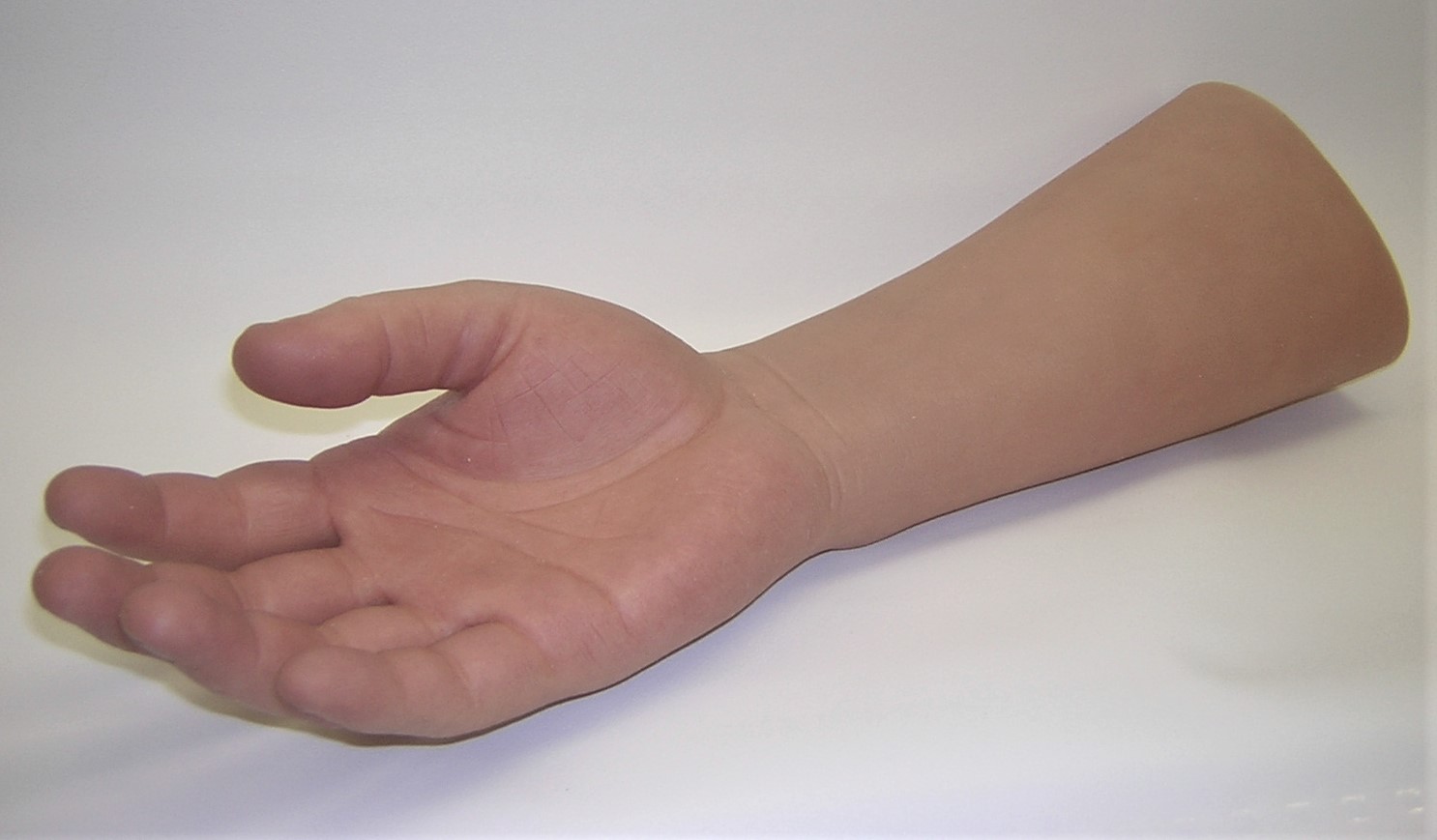Prostheses
The purpose of a prosthesis is to enhance function, mobility, and appearance. We are here to guide you through the entire process.
Once we receive a prescription from your doctor, we will create a plaster cast of your residual limb. This mold is used to fabricate a custom socket at our facility at 162 Main St., Wakefield, RI. As your residual limb heals and changes in size and shape, we will periodically create new sockets to ensure a proper fit. We will also help you choose a suspension system and components that meet your needs, working with you to ensure your prosthesis functions well and is comfortable.
Below you will find:
- Suspension Systems/Methods
- Prostheses We Provide
- Amputations We Can Design Prostheses For
Suspension Systems/Methods
Passive Suction Suspension
Passive suction suspension is a method for attaching a prosthetic limb by creating a vacuum seal between the prosthetic socket and the residual limb, achieved through a one-way valve. This vacuum provides a secure and stable fit, enhancing comfort and control for the user. It is most effective for individuals with a stable residual limb shape and consistent volume.
(1).png)
Elevated Vacuum (Active Suction) Suspension Method
Elevated vacuum, also known as active suction, is an advanced prosthetic suspension system that uses a mechanical or electronic pump to actively create and maintain a vacuum between the prosthetic socket and the residual limb. This constant vacuum enhances the fit and stability of the prosthesis, reducing movement and improving control and comfort for the user. By actively managing the vacuum pressure, this system can accommodate changes in the residual limb volume throughout the day, providing a more consistent and secure attachment compared to passive suction systems.
.png)
Pin System Suspension Method
The pin system suspension method is a technique used to secure a prosthetic limb to the residual limb using a locking pin mechanism. This method involves a prosthetic liner with a distal pin that fits into a locking mechanism in the bottom of the prosthetic socket. When the user dons the prosthesis, the pin clicks into the lock, securing the limb in place. This system provides a straightforward and reliable attachment, allowing for easy donning and doffing of the prosthesis. It is particularly beneficial for individuals with stable residual limb volumes, though it may require precise alignment and can cause some discomfort or pressure at the pin site.
.png)
The Waist Belt Suspension Method
The waist belt suspension method is a prosthetic attachment technique that uses a belt or strap system worn around the waist to help secure the prosthesis. This method involves attaching the prosthesis to a belt that wraps around the user's waist, providing additional support and stability. It is often used as an auxiliary suspension system to complement other primary suspension methods, such as suction or pin systems, offering extra security and reducing the load on the residual limb. The waist belt suspension method is particularly useful for individuals with short residual limbs or those who experience difficulties with other suspension systems.
.jpg)
Prostheses We Provide
|
Passive Prosthesis - A cosmetic restoration. It is another option for upper extremity patients. It is an excellent choice for users who do not require precise hand control or grasp, but still seek a cosmetically pleasing prosthesis. |
 |
| Myoelectric Prosthesis - A computer controlled prosthetic device that uses electrical signals from the muscles in the residual limb to control movement. These devices should be charged daily. The Michelangelo Hand is one example of this technology. | |
| Microprocessor Prosthesis - A computer controlled prosthetic device that uses sensors to control movement. It responds to gait, speed, and incline of terrain. Some even have smartphone linked capabilities. The device should be charged daily. |  |
| Body Powered Prosthesis - Works by using cables to link the movement of the body to the prosthesis and to control it. Moving the body in a certain way will pull on the cable and cause it to open, close, or bend. |  |
Amputations We Can Design Prostheses For
We have the capabilities to design and fabricate a prosthesis for virtually any type of amputation.
✔ Partial Foot
✔ Transtibial (Below the Knee)
✔ Knee Disarticulation
✔ Transfemoral (Above the knee)
✔ Hip Disarticulation
✔ Partial Hand
✔ Wrist Disarticulation
✔ Transradial (Below the Elbow)
✔ Transhumeral (Above the Elbow)
✔ Shoulder Disarticulation
